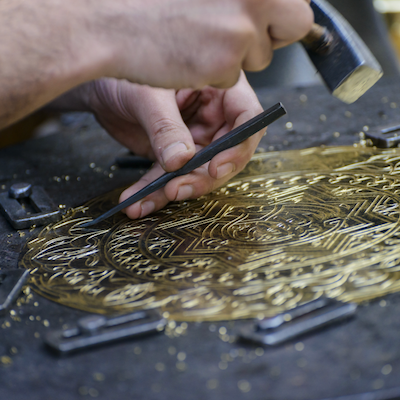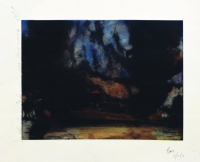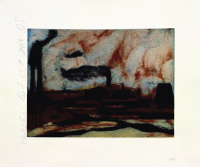
What is Engraving?
Engraving is a printmaking technique where a metal plate or surface is directly cut using a sharp engraving tool called a burin. The tool creates deep lines or grooves, which are then filled with ink. The plate is pressed onto paper with heavy pressure, transferring the inked image. This process results in a clear and precise print.
Show All
- Show All
- Established
- Discoveries
Show All
ARTWORKS RELATED TO ENGRAVING
Donald Sultan
The Shelling of Dubrovnik, 1993, August 2004, 2005
Limited Edition Print
Engraving
USD 7,000 - 10,000
Donald Sultan
Industrial Park, October 2004, 2005
Limited Edition Print
Engraving
USD 7,000 - 10,000
Joseph Kosuth
El mapa de Miranda y la disciplina de Nietzsche, 2004
Sculpture / Object
Engraving
USD 6,000

Avant-garde refers to innovative and experimental ideas in the arts that challenge established norms and conventions. Originating from the French term for advance guard, it describes both the movement and the artists who push the boundaries of creativity, often exploring new techniques, forms, and concepts. The avant-garde has been a driving force in various art movements throughout history, such as Dadaism, Surrealism, and Abstract Expressionism, continually reshaping the landscape of art and culture.

Shock Art is an art movement that uses disturbing images, scents, or sounds to provoke a strong, often shocked, reaction from viewers. It is often regarded as a form of social commentary, with critics and supporters debating whether its impact is positive or negative. Shock Art frequently employs taboo, obscene, or outrageous elements to challenge societal norms and provoke critical thought.















